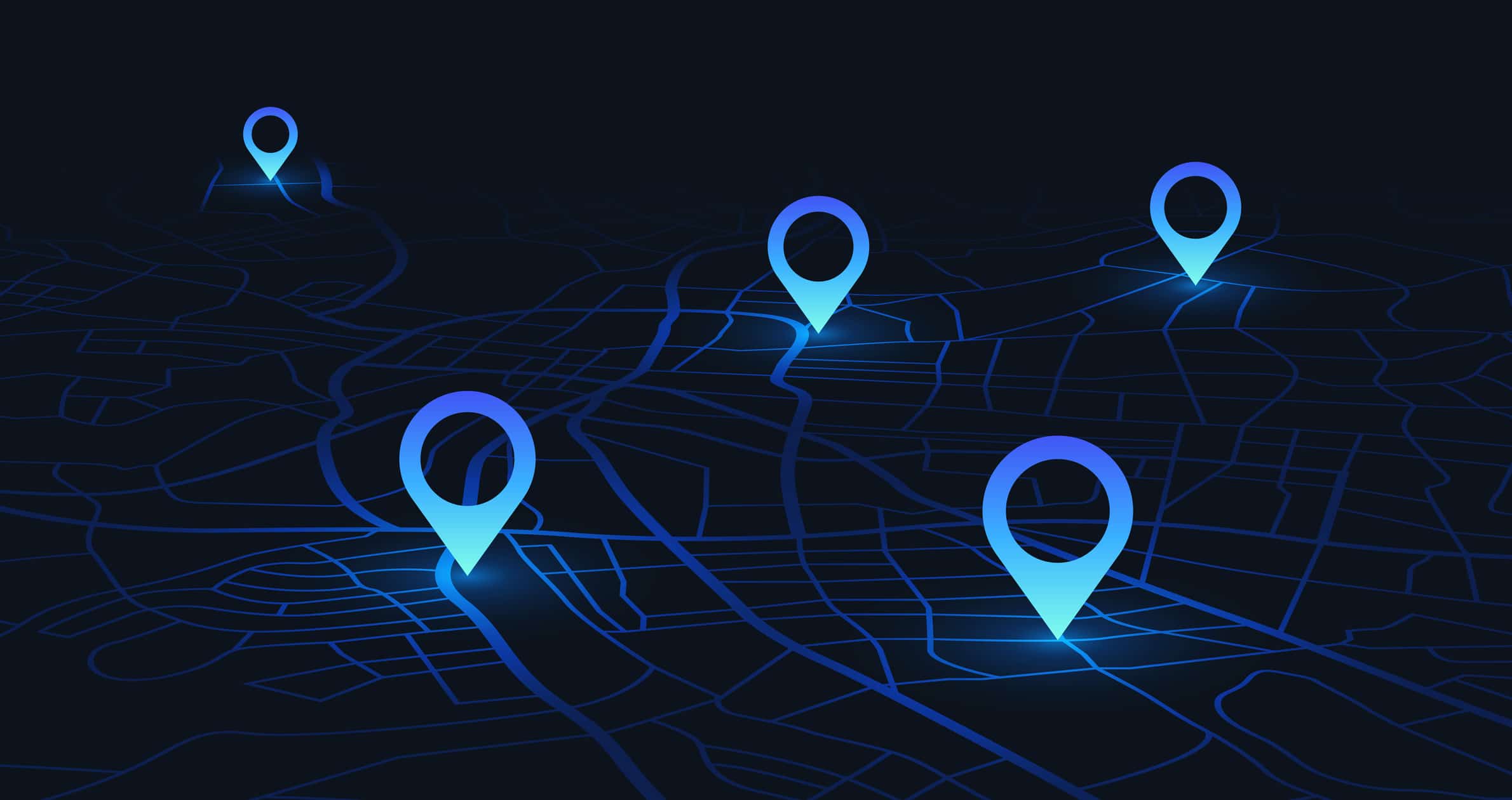Our approach to problem solving

Discovery
Begins with a 2-3 day workshop for engagement leaders and ends with a reference solution architecture and actionable plan for validating the approach in the pilot phase.
Business Analysis – Why are we moving to the cloud? How do we measure ROI? What risks and/or challenges need to be acknowledged?
Gap Analysis – Inventory current platform architecture, applications, tooling, processes, and expertise. Facilitate the identification and consensus-building of a shared problem-set. Align with business drivers and model ROI.
POC Architecture – Create a reference solution architecture that portrays the ideal end-state incorporating the concerns of operational visibility, lifecycle management, and technology providers. Identify lighthouse application or environment to serve as the initial POC and its success criteria. Create a backlog that delineates work to complete the POC.

Pilot
The target for POC should represent the most common type of application of the platform, including sensitive data, but is not a foundational dependency of other applications. The pilot phase should produce not only the architecture but the application lifecycle management tools and processes.
Automation – Setup infrastructure-as-code, orchestration, configuration management, artifact management, and continuous integration systems.
Application – Automate the deployment of the lighthouse application.
Operational Visibility – Setup operational visibility to express component topology in dashboards and alerting.

Roadmap
Reviews or revises the documented platform topology including an inventory of applications and their components and operational requirements. These are translated to roadmap milestones and are prioritized by risk, value, and effort.
Review and revise readiness assessment assumptions as needed.
Roadmap – Create an iterative roadmap of phased groups of applications until migration objectives are complete.
Staffing Plan – Identify key resources that will be needed for Data, DevOps, Development, CloudOps, Security, and Product Owner roles across organizations.

Migrate
Typical SaaS application migrations range from six months to a year. (12-24 iterations)
Infrastructure – Identify architecture and provision infrastructure.
Application – Setup application lifecycle management automation.
Data – Migrate data and tune fault tolerance options.
Operations – Draft and train on runbooks, test and monitor functionality alerting procedures.
Migrate! – Cutover production
Repeat until done

Optimize
Optimization is part of the handoff process for a migrated application. During this phase, we confirm that the fully migrated application meets all requirements and is easily maintained in the long term.
Cost & Utilization – Determine utilization and right-size environment.
Capacity – Enable elasticity automation for high traffic or ephemeral activity events.
Availability – Diversify geographical presence. Draft and test disaster recovery and business continuity procedures.
